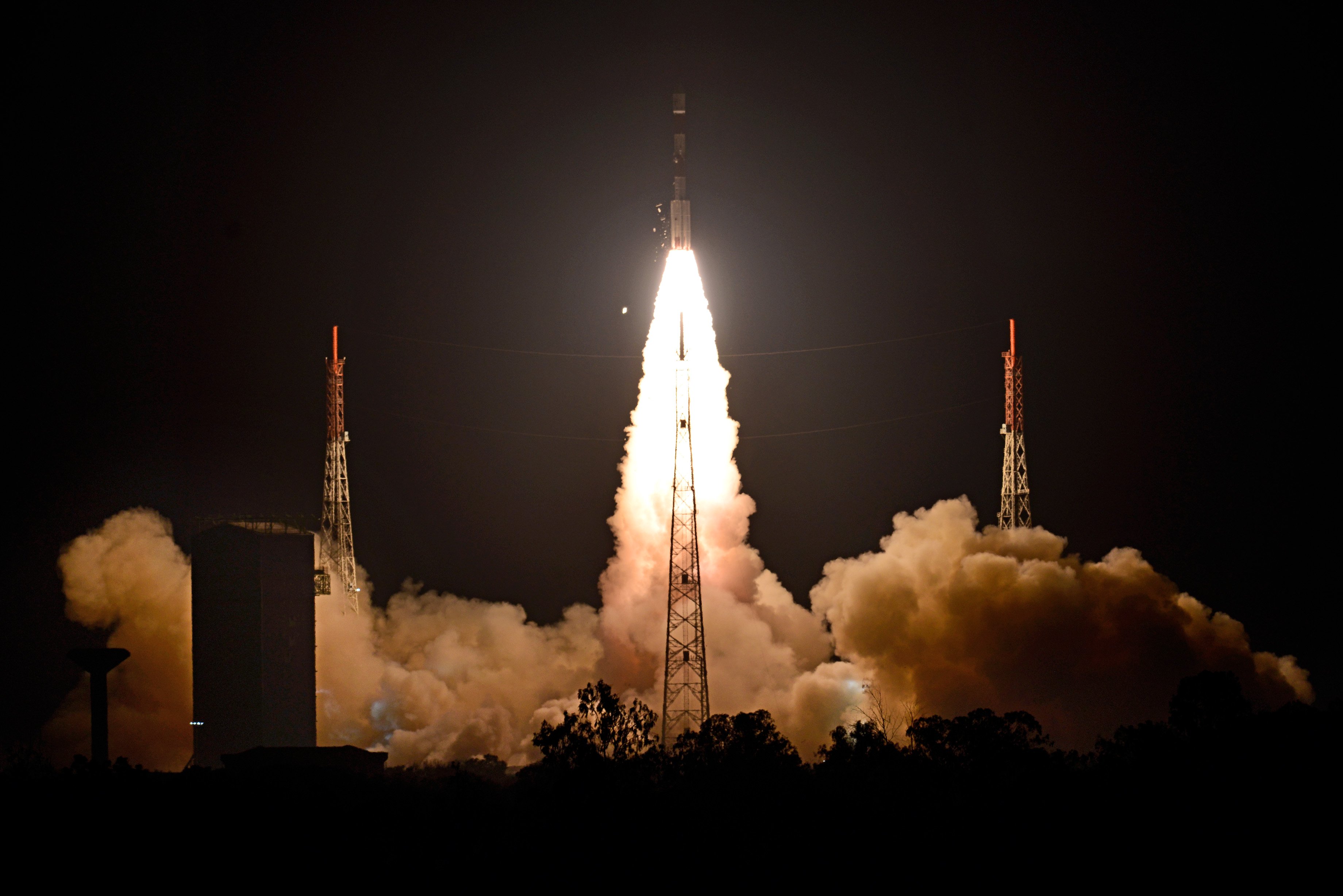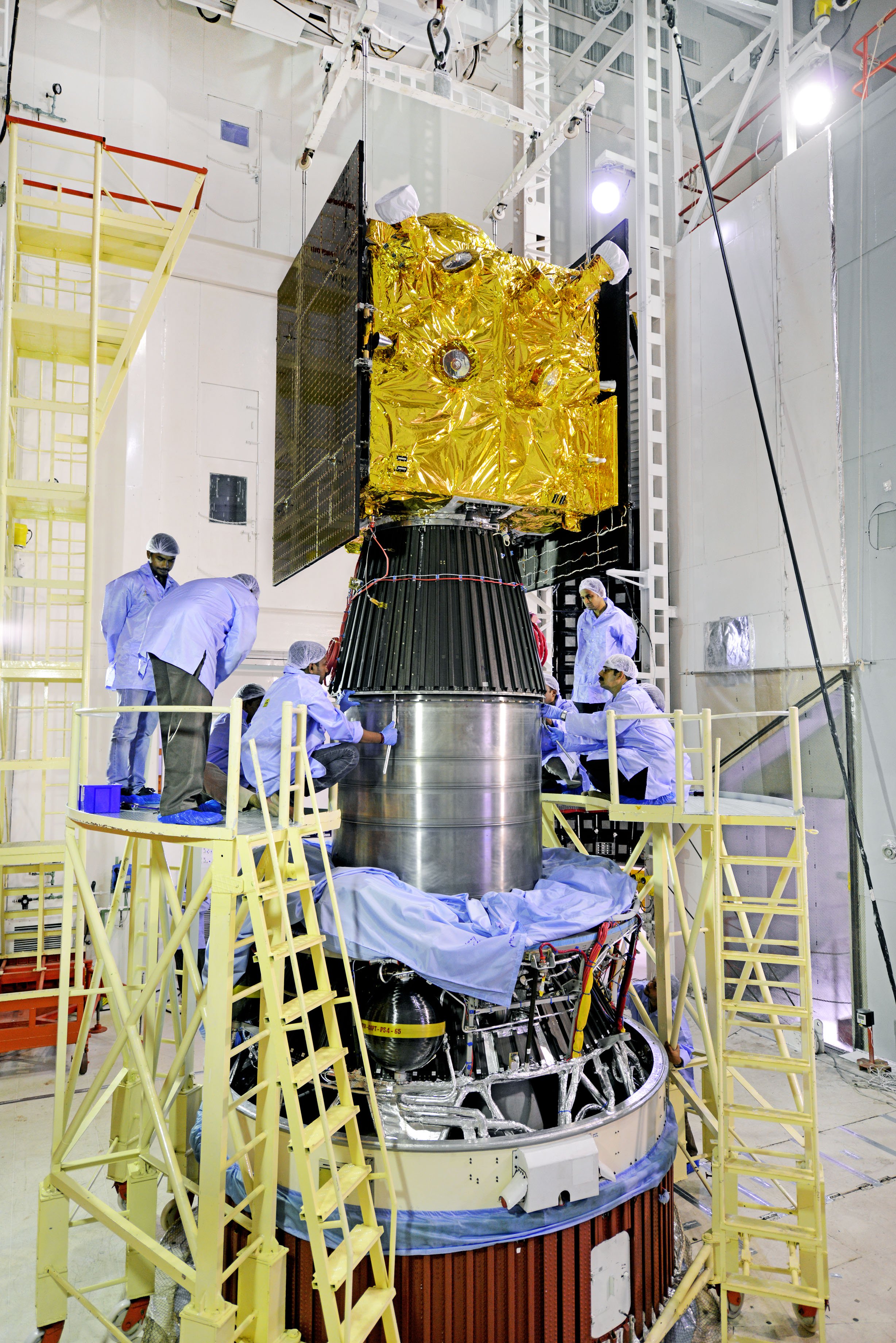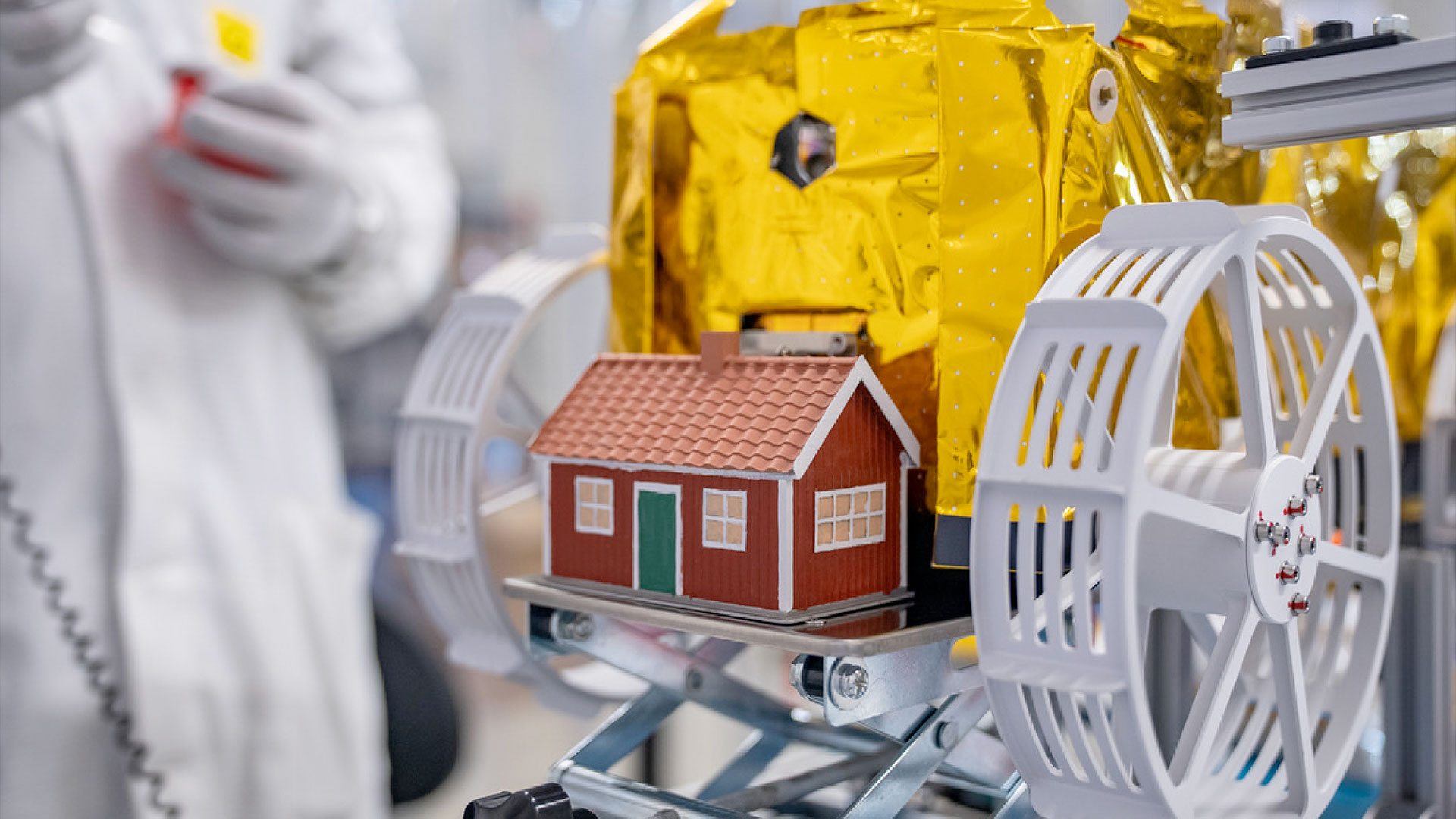India Just Launched a Navigation Satellite (While Trying to Save Another One)
India has successfully launched a new navigation satellite, even as the country continues hunting for another satellite that it lost contact with earlier this month.
A Polar Satellite Launch Vehicle (PSLV) launched the IRNSS-1I navigation satellite from the Satish Dhawan Space Centre in Sriharikota for the Indian Space Research Organisation (ISRO). The official launch time was 0404 Indian Standard Time on Thursday, April 12 (6:34 p.m. EDT or 2234 GMT on Wednesday, April 11).
The successful mission comes as ISRO continues efforts to revive an ailing communications satellite, called GSAT-6A, following that craft's launch on March 29 atop a Geosynchronous Satellite Launch Vehicle. ISRO lost contact with GSAT-6A just days after the satellite's launch.

But the new navigation satellite, IRNSS-1I, is working well in orbit, ISRO officials reported. Once it begins service, the satellite will form part of the Navigation with Indian Constellation (NavIC) system. The goal of the system is to provide positional information in India, as well as in a zone around the mainland encompassing about 1,500 kilometers (932 miles), ISRO said. IRNSS-1I will be the eighth NavIC satellite.
Just 19 minutes after launch, IRNSS-1I moved into an orbit that will transfer the satellite to its final orbit. The craft will eventually orbit the Earth at roughly the same rate that the Earth turns, giving IRNSS-1I a constant view of one area on the planet's surface. This is called a geosynchronous orbit.

"In the coming days, orbit maneuvers will be performed from MCF [Master Control Facility, or mission control] to position the satellite at 55 degrees east longitude in the planned geosynchronous orbit, with an inclination of 29 degrees to the equator," the Indian Space Research Organization said in a statement.
This launch of the PSLV is the rocket line's 43rd flight. PSLV has successfully launched 52 Indian satellites and 237 customer satellites, ISRO said.
Get the Space.com Newsletter
Breaking space news, the latest updates on rocket launches, skywatching events and more!
Meanwhile, ISRO officials will continue working to re-establish control of the ailing GSAT-6A satellite. Earlier this week, The Times of India reported that GSAT-6A had been located, although communications attempts are still ongoing.
The GSAT-6A incident is India's second problematic mission in less than a year. In August 2017, the country lost the Indian Regional Navigation Satellite System (IRNSS) 1H satellite, after another PSLV placed the satellite into a lower-than-expected orbit. Multiple media reports said the satellite was also stuck inside the rocket's fairing, which prevented the IRNSS 1H from deploying as planned. This was the first PSLV failure since September 1997.
Follow us @Spacedotcom, Facebook and Google+. Original article on Space.com.
Join our Space Forums to keep talking space on the latest missions, night sky and more! And if you have a news tip, correction or comment, let us know at: community@space.com.

Elizabeth Howell (she/her), Ph.D., was a staff writer in the spaceflight channel between 2022 and 2024 specializing in Canadian space news. She was contributing writer for Space.com for 10 years from 2012 to 2024. Elizabeth's reporting includes multiple exclusives with the White House, leading world coverage about a lost-and-found space tomato on the International Space Station, witnessing five human spaceflight launches on two continents, flying parabolic, working inside a spacesuit, and participating in a simulated Mars mission. Her latest book, "Why Am I Taller?" (ECW Press, 2022) is co-written with astronaut Dave Williams.
